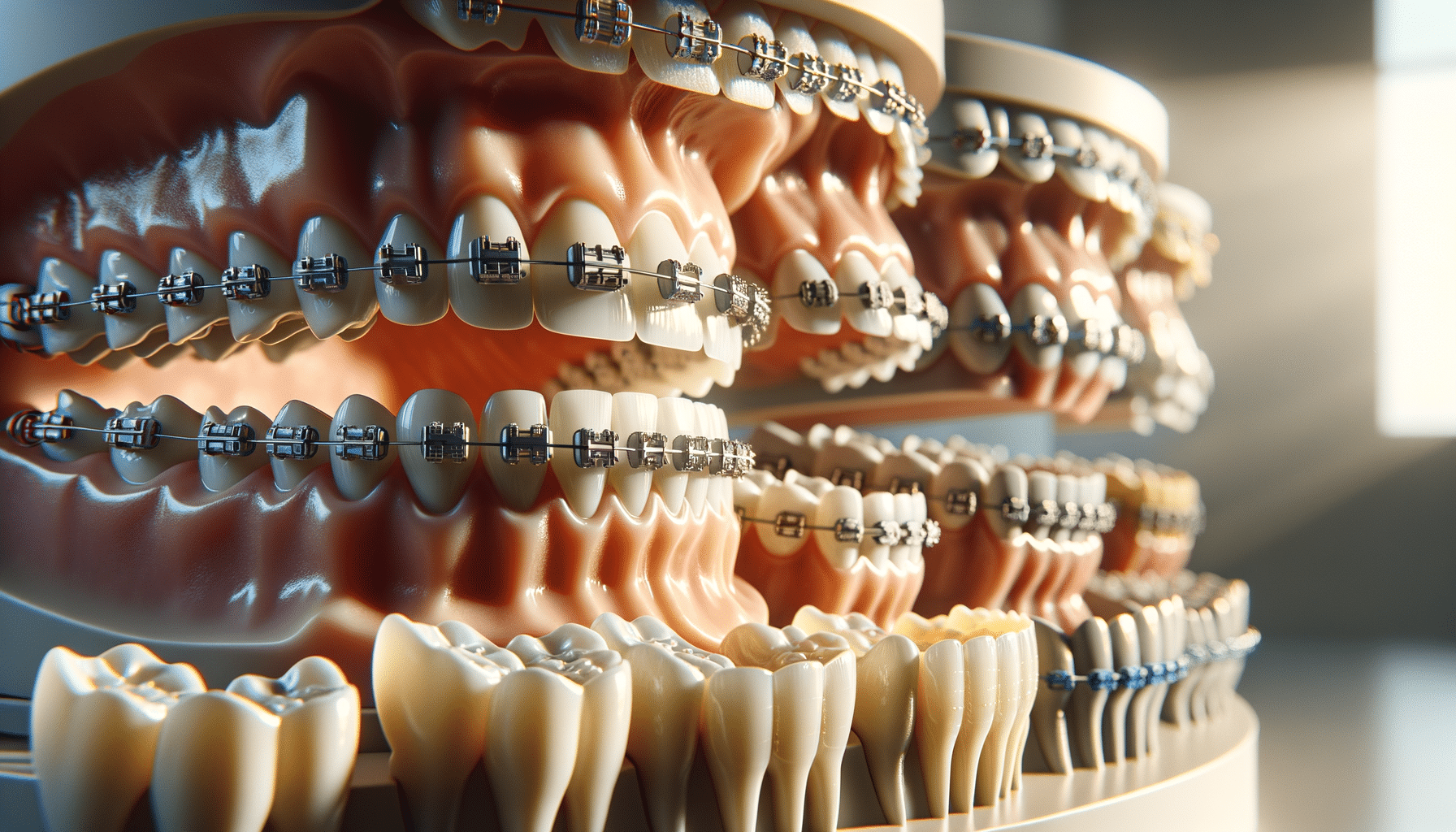
Embracing Braces for Every Age: A Comprehensive Guide
Introduction to Braces Across Ages
Orthodontic treatment has evolved significantly over the years, and braces are no longer confined to teenagers alone. Today, people of all ages are embracing braces to achieve their desired dental aesthetics and health benefits. From adolescents to adults and even seniors, the journey to a straighter smile is accessible and tailored to individual needs. This guide explores how modern braces cater to different age groups, offering solutions that align with unique dental challenges and lifestyle preferences.
Adolescents and Teenagers: The Traditional Path
For many teenagers, braces are almost a rite of passage. Orthodontic treatment during adolescence can address alignment issues while the jaw is still developing. Traditional metal braces have long been the go-to option, known for their robustness and effectiveness. However, advancements have introduced more aesthetically pleasing alternatives. Ceramic braces, for example, offer a less conspicuous option with tooth-colored brackets, making them a popular choice among image-conscious teens.
Beyond aesthetics, braces in adolescence help in correcting bite issues, crowding, and spacing, setting a strong foundation for dental health. The teenage years are often the optimal time for intervention, as the teeth and jaw are more malleable, allowing for efficient correction. With the support of modern technology, orthodontists can create precise treatment plans, ensuring faster and more comfortable experiences for young patients.
Adults: Discreet Solutions for Busy Lifestyles
Many adults who missed out on orthodontic treatment in their youth are now seeking ways to enhance their smiles. The demand for discreet options has led to the rise of invisible aligners, which offer a nearly invisible solution. These aligners are custom-made and fit snugly over the teeth, gradually moving them into place without the need for metal brackets or wires.
Invisible aligners are particularly appealing to adults who wish to maintain a professional appearance while undergoing treatment. They are removable, allowing for easy maintenance of oral hygiene and flexibility in eating habits. This convenience, combined with advanced materials that improve comfort and effectiveness, makes them a top choice for adults balancing busy lifestyles.
Seniors: Addressing Unique Dental Challenges
Orthodontic treatment is not just for the young. Seniors are increasingly seeking braces to improve their dental health and aesthetics. As we age, teeth can shift, leading to misalignment, which can affect chewing and overall oral health. For seniors, the focus is often on improving function and preventing further dental issues.
Orthodontists may recommend traditional braces or aligners depending on the individual’s dental condition. For seniors, the materials used are crucial, as they need to be gentle on gums and sensitive areas. Modern orthodontics considers these factors, ensuring that seniors receive care that is both effective and comfortable. By addressing alignment issues, seniors can enjoy improved oral health, which is crucial for overall well-being.
Conclusion: A Smile for Every Age
Braces are no longer a one-size-fits-all solution but are instead tailored to meet the needs of individuals at every stage of life. From the traditional metal braces for teenagers to the discreet options for adults and the gentle solutions for seniors, orthodontic advancements have made it possible for everyone to achieve a healthier, more confident smile. Embracing braces at any age can lead to significant improvements in dental health and self-esteem, making it a worthwhile investment for your future.


